No current AI can make proper photo collages from existing images
The Limitations of AI in Creating Accurate Photo Collages from Existing Images
In the rapidly evolving landscape of artificial intelligence, many users expect high levels of automation and precision, especially in creative tasks such as photo editing and collage creation. However, despite the impressive capabilities of current AI tools like ChatGPT and Google’s image processing services, there are notable limitations when it comes to assembling photo collages from existing images.
Current AI Image Processing Challenges
Popular AI platforms—whether paid subscriptions or free services—have a tendency to modify or warp uploaded images. These alterations often include resizing, cropping, or slight distortions, intended to optimize images for their respective algorithms. While these modifications might serve other purposes like generating summaries or enhancing images, they pose a significant challenge for tasks that require the preservation of original image integrity, such as creating a precise photo collage.
Manual Collage Creation on Mobile Devices: A Time-Consuming Process
For users working on smartphones, especially Android devices, manual collage apps are often the go-to solution. However, they come with their own set of challenges:
- Resizing and Cropping: Users must often manually adjust image sizes to make everything fit cohesively, which can be time-consuming and frustrating.
- Template Limitations: Many apps rely on fixed templates with preset color schemes and borders. These templates rarely match the overall aesthetic of the uploaded images, leading users to spend extra time searching for compatible frames or borders—if they’re available at all.
Attempting AI-Driven Collages
The idea of leveraging AI to automate this process seems promising. For example, a user might upload images to ChatGPT, instruct it to preserve the original content without modifications, and request it to arrange them in a specific layout—vertical or horizontal—with borders that complement the images’ dominant colors. While this approach simplifies instructions, in practice, it doesn’t quite fulfill the expectations.
Persistent Limitations
Despite these intentions, AI-generated collages often suffer from the same issues:
- Alterations: The AI may still resize or crop images to fit layout constraints.
- Color Mismatches: Borders or framing generated by the AI might not accurately reflect or complement the images’ overall color palette.
- Lack of Fine Control: The AI’s automated processes offer limited control over precise positioning or aesthetic nuances, diminishing the quality of the final collage.
Conclusion
While artificial intelligence continues to make significant strides across many domains, creating perfectly accurate, non-al
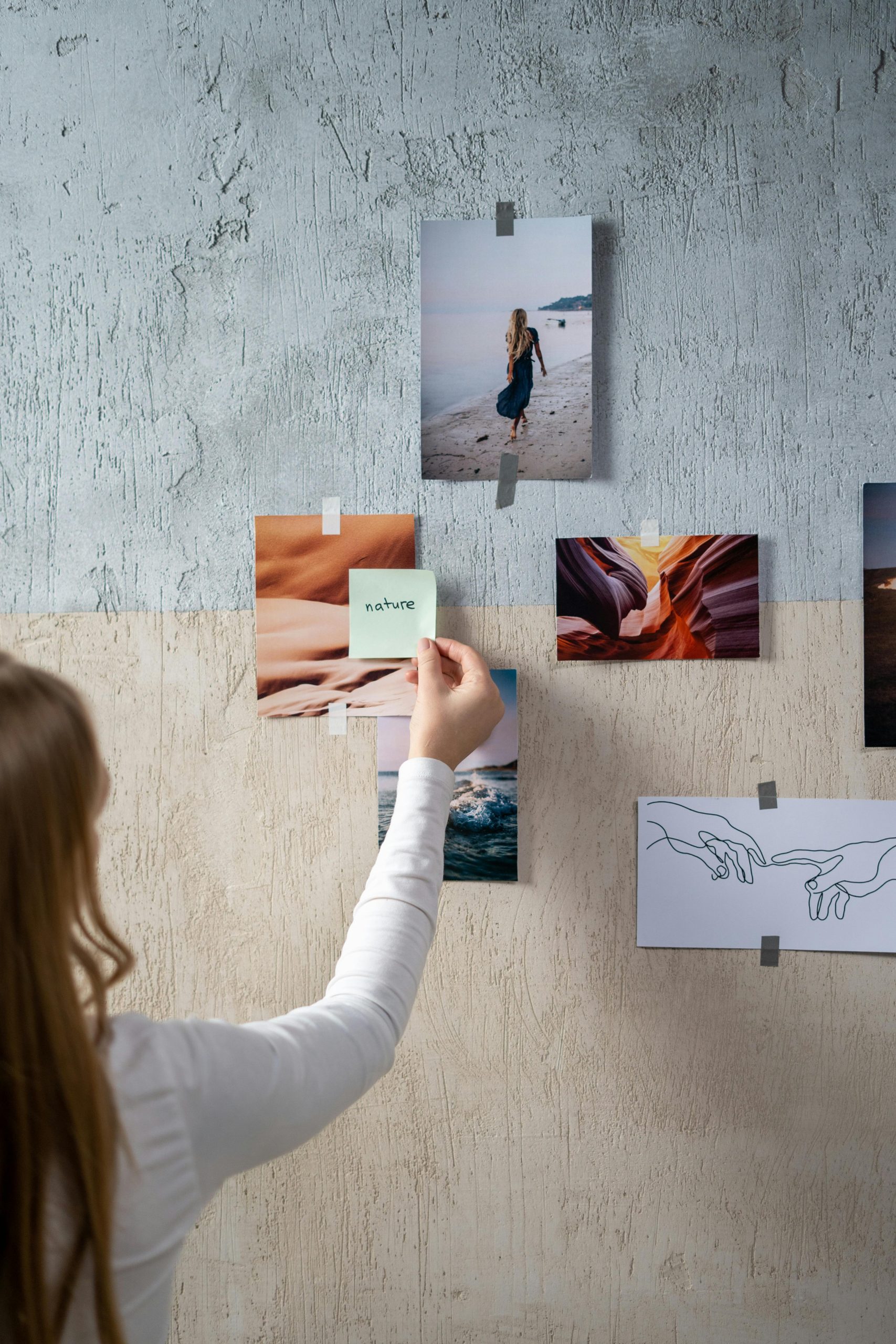
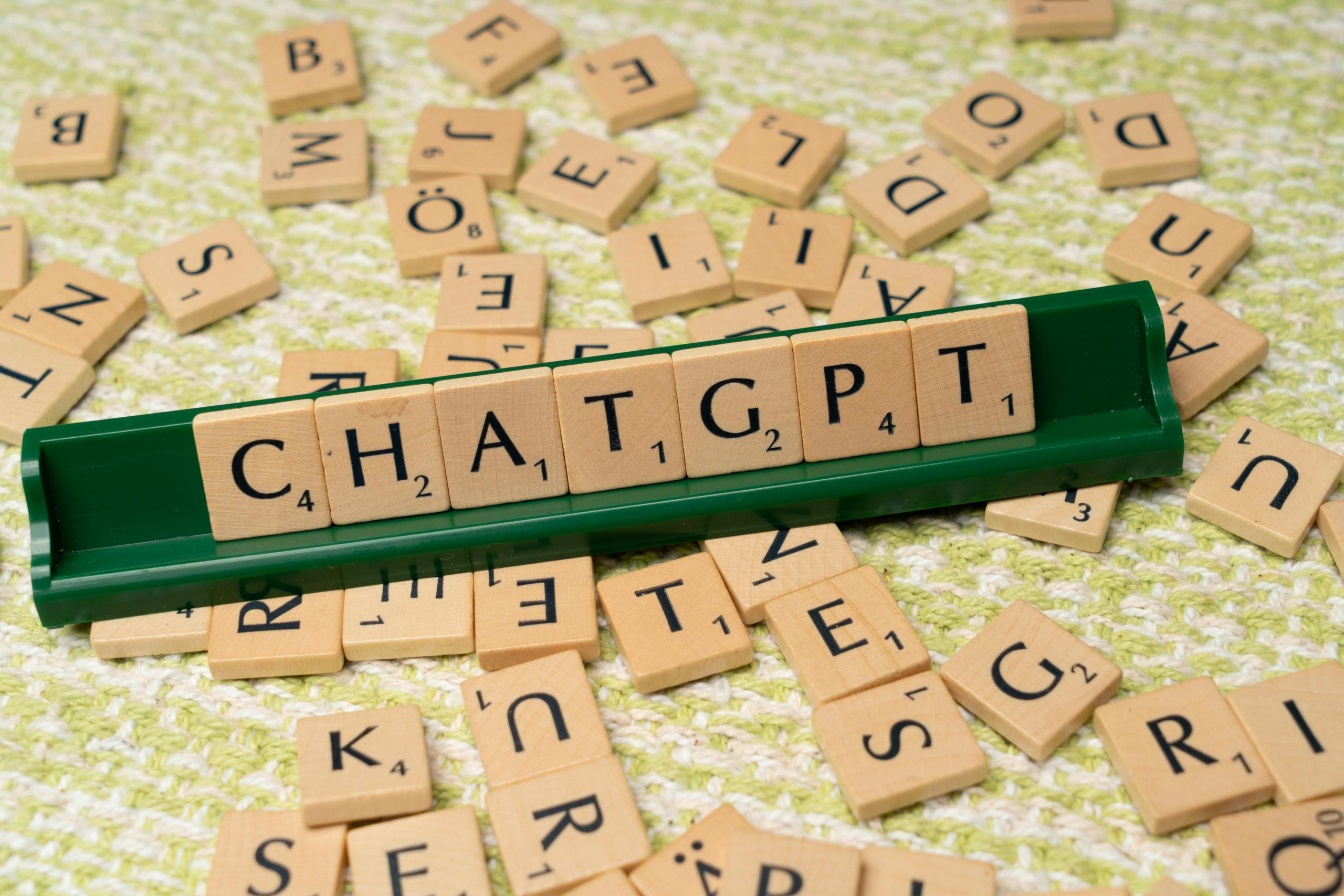
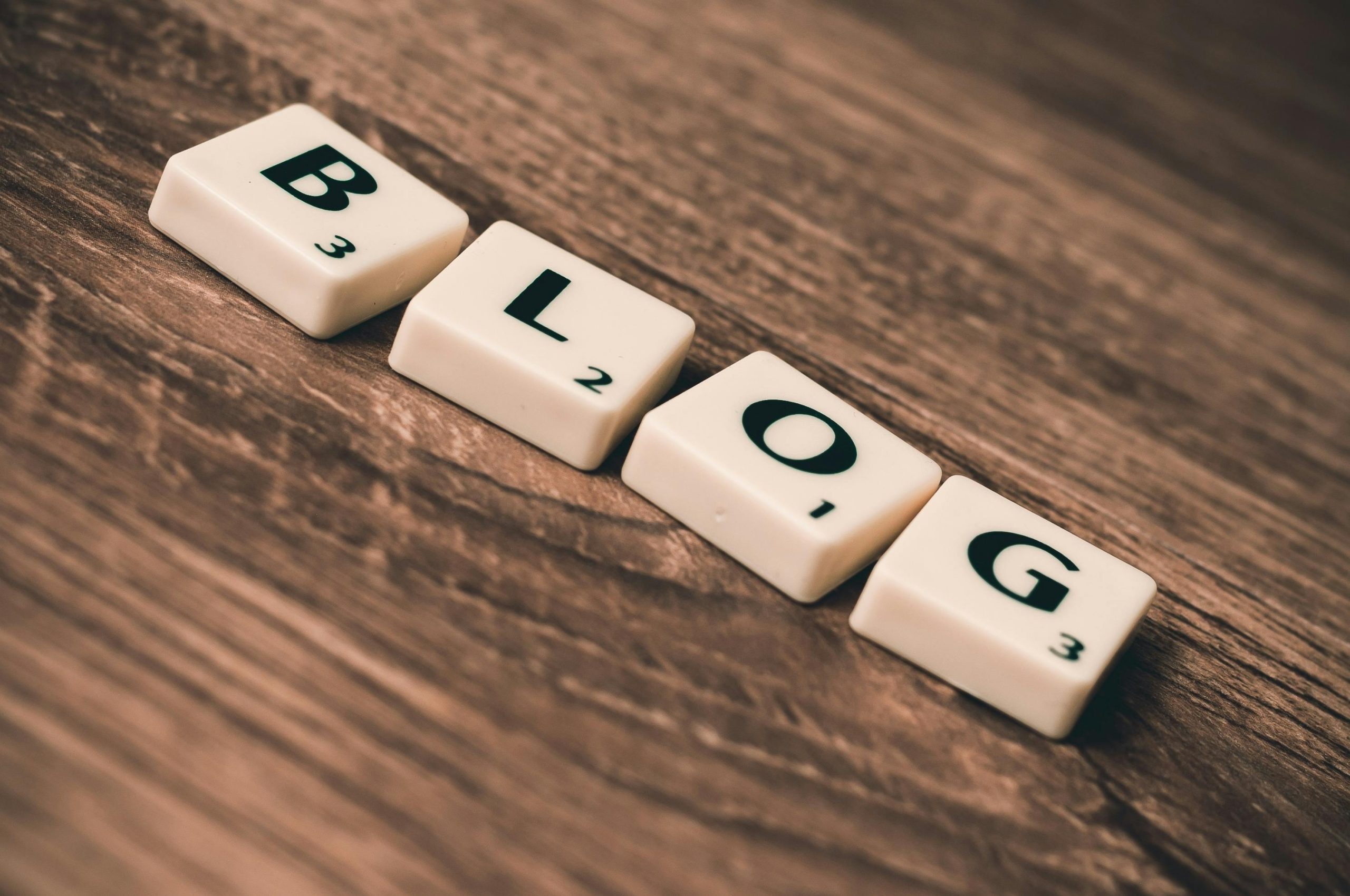
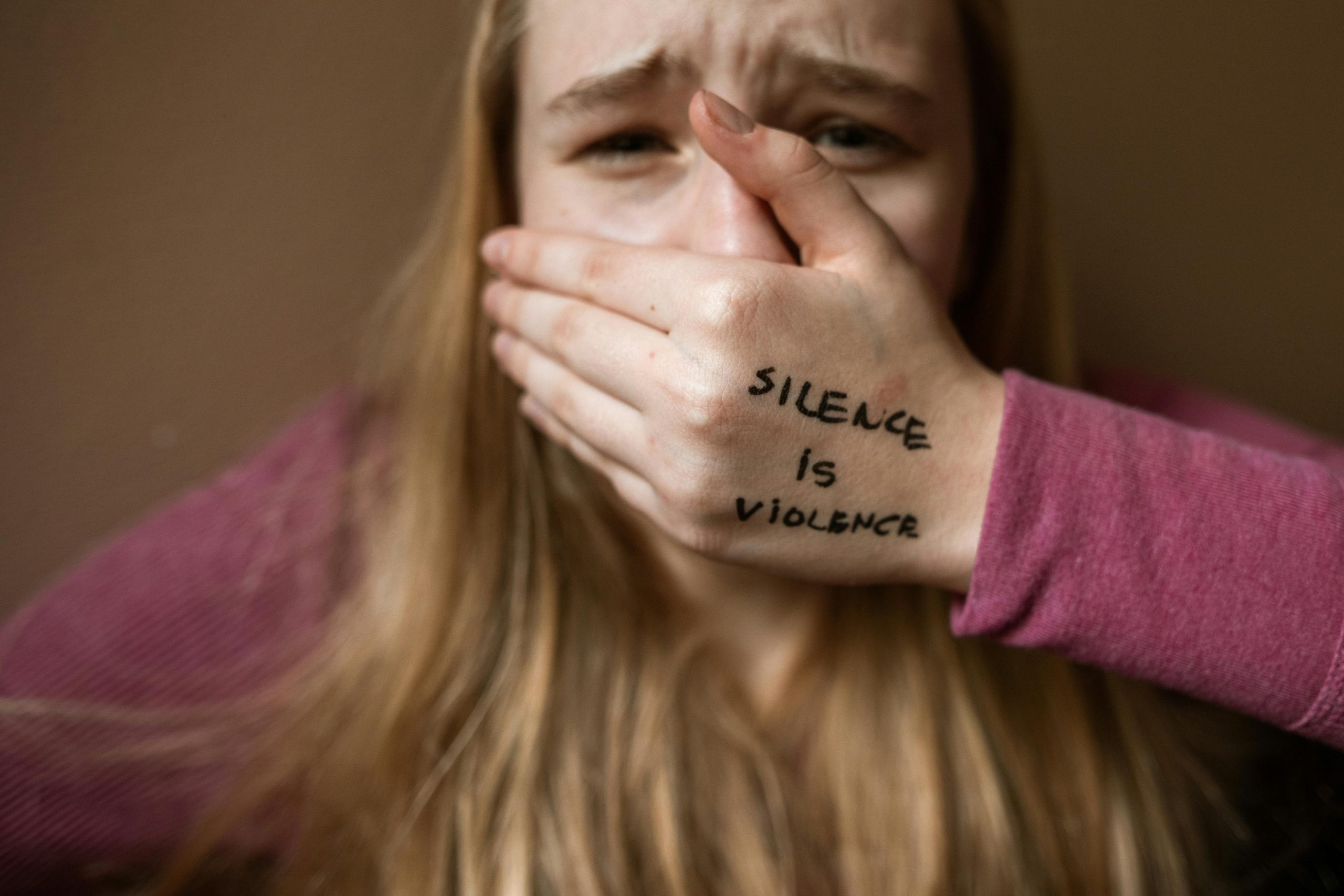
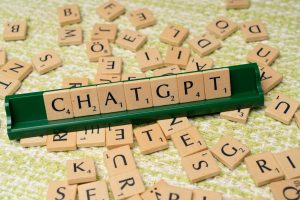
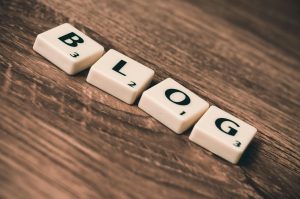

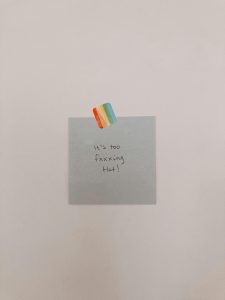



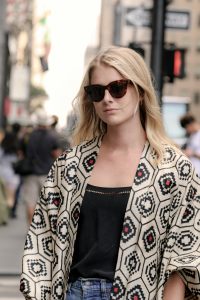

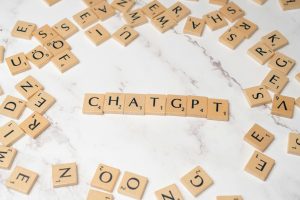
Post Comment